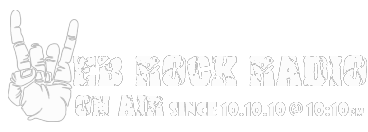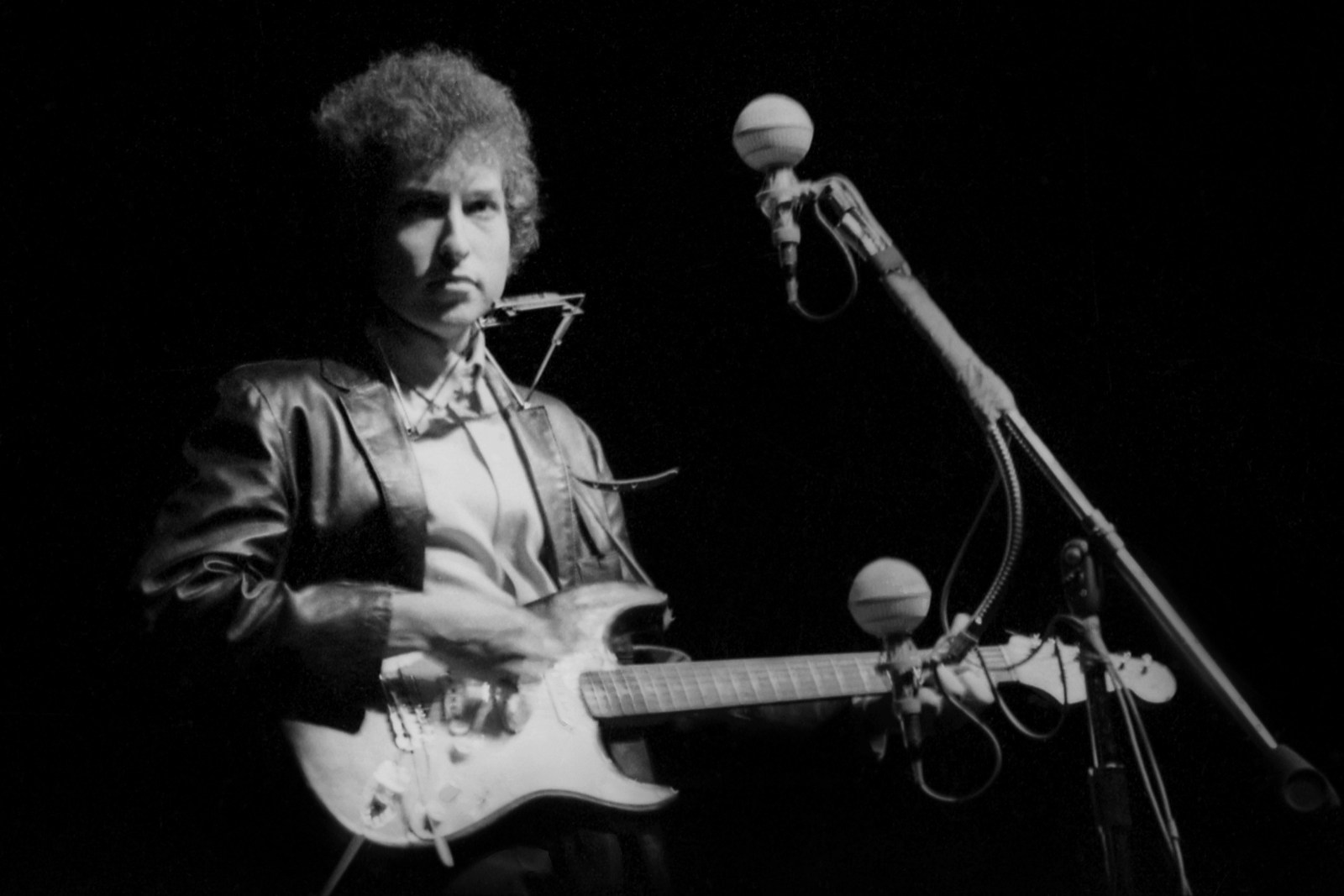To define folk rock is a paradoxical task, given that the genre’s purpose is to take elements from various sources — traditional folk, blues, rock ‘n’ roll, pop — and fuse them into a new sound.
Maybe a more helpful way to consider the genre is by looking at the bands of the ’60s, specifically the way the decade began with early rock pioneers like Little Richard, Chuck Berry and Elvis Presley, which gave way to Beatlemania and in turn gave way to psychedelia. Mixed into that transition were folk rock artists who combined the kind of story-telling, acoustic guitar-plucking style of people like Woody Guthrie, Pete Seeger and Phil Ochs, with electric instruments, lyricism as inventive as a fictional novel and new recording studio techniques.
In 1965, Bob Dylan illustrated this on stage in one fell swoop by plugging in his guitar at the Newport Folk Festival. An artist can be both steeped in the past and invested in the future, the move seemed to say. Some fans appreciated this new trajectory, others not so much.
Dozens upon dozens of musicians fell into this folk rock “category,” among them some of the most influential songwriters of their times — James Taylor, Simon & Garfunkel, Joan Baez and more. Below, we’ve narrowed it down to what we believe to be the ‘Big 4’ of Folk Rock.
Bob Dylan
Express Newspapers, Hulton Archive, Getty Images
Placing Bob Dylan in a box of any kind is risky considering the breadth of his six-decade career. But if there was one person who perhaps best embodied the spirit of folk rock, it was him. Dylan was 19 years old and arguably Woody Guthrie’s biggest fan when he arrived in New York City by way of Minnesota, swiftly becoming a staple figure of the Greenwich Village folk scene. It was in those years that acoustic songs like “Blowin’ in the Wind” and “The Times They Are A’ Changin'” were born, but it would only be a matter of time before Dylan’s metamorphosis began. In 1964 came Bringing It All Back Home, his first album to incorporate electric instrumentation. That was followed by Highway 61 Revisited (1965) and Blonde on Blonde (1966), records that contained, as Dylan himself described it, “that thin, wild mercury sound.” Not everyone supported or understood this journey of Dylan’s at the time — it’s with the benefit of hindsight that we’ve been able to see how historical his path was.
Joni Mitchell
Jack Robinson // Getty Images
Joni Mitchell‘s catalog contains multitudes. Like Dylan, her career grew from a folk-based approach to something more robust. “I like simplicity,” she told the The Globe and Mail (via jonimitchell.com) in 1968, the year her debut album, Song to a Seagull, was released. “I never believed in hard sell even when I was working in stores. I always believed if you had a good product people would buy it. My music is really sock-it-to-me-softly music. I did the album alone with a guitar and I’m glad.” But within just a few years came songs like “Big Yellow Taxi,” “California” and “You Turn Me On, I’m a Radio,” which offered the best of both Mitchell’s intricate folk sensibilities and her talent to piece together a well-assembled pop rock song. Though she initially bristled at being labeled a “folk singer” in her early years, Mitchell came around to the idea that folk, rock, blues and jazz could be blended in a way that was artistically authentic, and the evidence can be found on albums like Blue (1971), For the Roses (1972), Court and Spark (1974) and Hejira (1976). “It’s in my stars to invent; I was born on Madame Curie’s birthday,” she told New York Magazine in 2005. “I have this need for originals, for innovation.”
The Byrds
Hulton Archive, Getty Images
For a certain cohort of rock musicians, the Byrds were a touchstone. Tom Petty wanted a 12-string Rickenbacker guitar because it was what Roger McGuinn used, while George Harrison‘s “If I Needed Someone” from Rubber Soul (1965) was directly inspired by the Byrds’ jangly tone. “Roger really invented folk-rock,” Bruce Springsteen would say. The Byrds served as the model for how best to integrate then-contemporary British Invasion pop with traditional folk music. Songs like “Turn! Turn! Turn!” and “Eight Miles High” exemplified the kind of socially-conscious and semi-psychedelic lyricism that became the norm as the ’60s wore on. The twang of a 12-string and the beat of a tambourine ended up nearly synonymous with folk rock music thanks to the Byrds — a precursor to bands like Fleetwood Mac, the Heartbreakers, R.E.M. and the Smiths.
Crosby, Stills, Nash and Young
Gijsbert Hanekroot, Getty Images
Ironically, this final entry nods back to the two before it. David Crosby was first a member of the Byrds before joining forces with Graham Nash, Stephen Stills and, a little later on, Neil Young. Together, they made up one of rock’s first supergroups — Nash came from the Hollies, while Stills and Young had both been in Buffalo Springfield. The result was arguably the most folk rockiest of all the folk rock bands, pioneers of vocal harmony and each of them an adept songwriter that, when combined with both acoustic and electric instrumentation, yielded hits like “Teach Your Children,” “Ohio” and “Our House.” There was also “Woodstock,” penned by another of our “Big 4,” Joni Mitchell, one of the best-known folk-rock numbers to have come out of the most famous music festival of all time.
Top ’60s Bands
Rock may not have been invented in the ‘60s, but it’s certainly when the genre came into its own.
Gallery Credit: Corey Irwin

